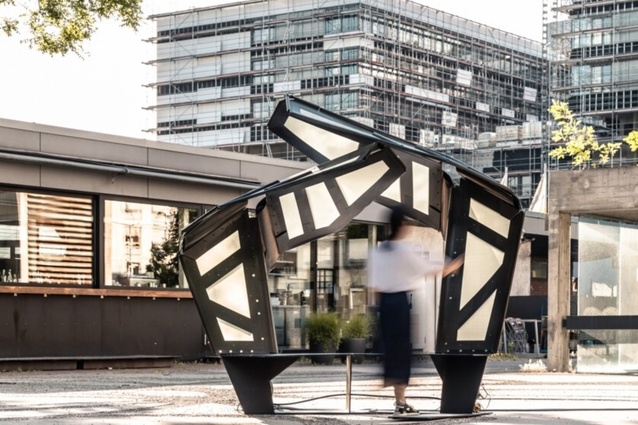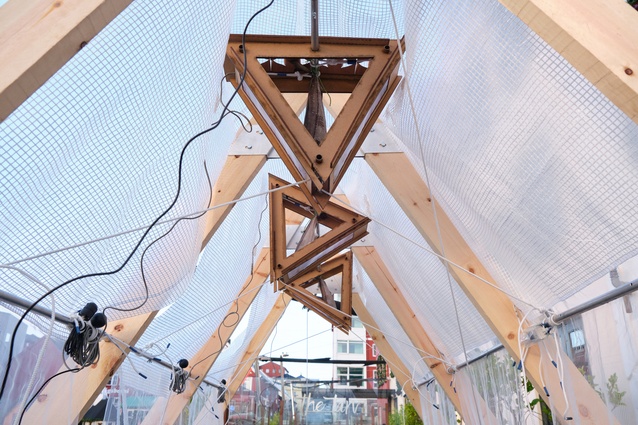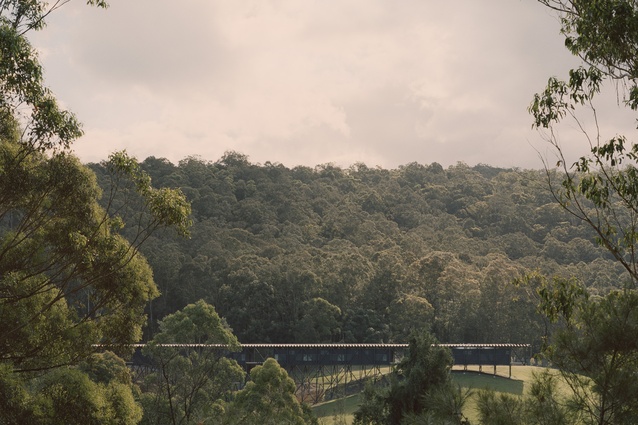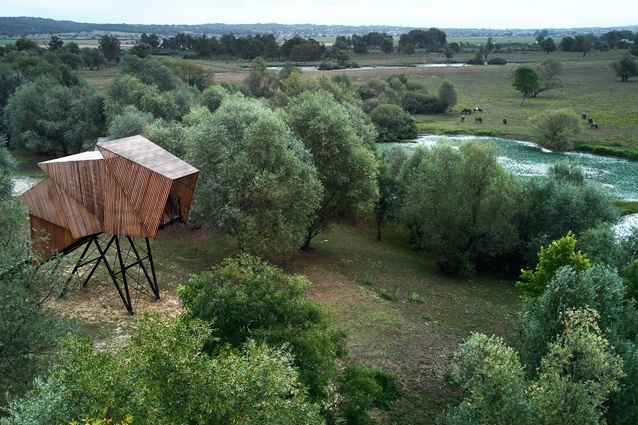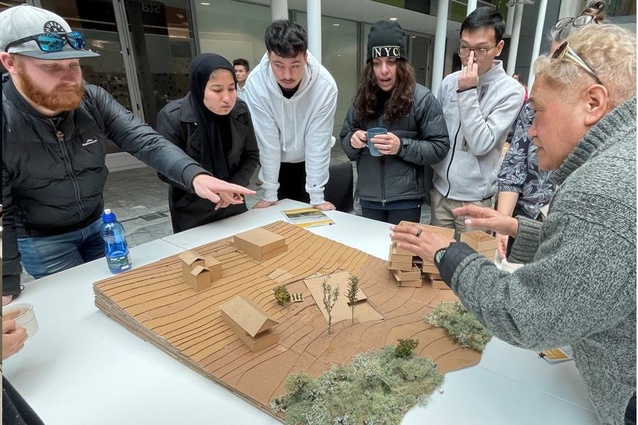In pursuit of just, rapid and effective adaptation to climate change
Auckland University of Technology Associate Professor Maibritt Pedersen Zari co-chaired the Design for Climate Adaptation: Knowledge to Action research, as part of the UIA World Congress of Architects in Copenhagen in July. Here, she discusses the impetus for, and main findings of the research, which she co-chaired with Billie Faircloth of Kieran Timberlake.
As a cascade of ecosystems collapse globally this intertwines with climate change in complex ways, making this moment in the timeline of global climate crisis the most urgent, varied and dynamic that humanity has faced. As professionals of design and the built environment, we must form a strategic, rapid and radical response that matches the pace of the crisis before us.
Yet, according to the United Nations’ Intergovernmental Panel on Climate Change, progress towards climate adaptation is unevenly distributed. Gaps between adaptation goals and what has actually been implemented are, according to the IPCC, “determined largely by preferences related to tolerated climate change impacts, and reflecting resource limitations and competing priorities.” The risk of maladaptation means these gaps may widen further. [source]
With this in mind, Faircloth and I examined how design professionals might create a just form of socio-ecological regeneration as we adapt, rather than defaulting to business-as-usual forms of survival.
In curating the Design for Climate Adaptation: Knowledge to Action panel (and in the resulting Design for Climate Adaptation book, which is part of UIA series published by Springer,) we wanted to bring together leading global experts with varying knowledges, worldviews, experiences and expertise to aid in the pursuit of just, rapid and effective adaptation to climate change through the medium of the built environment.
To achieve this, we held a series of three pre-event expert panels in 2022 to generate a discussion. The three theme for each dicussion panels were: (1) Adaptation with indigenous knowledges; (2) Adaptation through nature-based solutions; (3) Adaptation through behaviour change and action. The three panels can be viewed online here.
What emerged from these panel discussions became the five themes that our 2023 panel at the UIA World Congress of Architects in Copenhagen were shaped around. Within each theme, we selected research papers and speakers who emphasised the relationships between: people and the ecologies and climates they are a part of; the design community’s need to recognise and learn from a diverse range of adaptation knowledge; the inappropriateness of relying solely on technical solutions; and what it means for individuals, communities and even whole cities to heed the call to adapt.
These five themes are:
- Adaptation with Indigenous knowledges: This presented design-oriented scholarship and Indigenous or local understandings, practices and approaches to climate change adaptation. The 10 papers in this section included explorations of designing with landscapes as engaging entities and explored traditional Indigenous values as drivers of climate adaptation-related concepts. Case studies examined the practices, ethics and implementation strategies of working with indigenous peoples to pursue holistic spatial design for climate change adaptation and highlighted key lessons found in their vernacular building typologies.
- Adaptation through frameworks and feedback: This theme questioned the overall thesis of designing for adaptation, mitigation and regeneration in the context of proposed and applied design frameworks, as well as the role of models and methods to generate feedback for adapting buildings, landscapes and cities. Overall, the eight papers in this section elevated dialogue on decision-making and efficacy, questioning general and specific knowledge and analysis and interpretation as demonstrated through selected case studies.
- Adaptation through nature-based solutions: This theme examined novel and ethical means to achieve climate adaptation and ecological regeneration through the design, planning and implementation of nature-integrated buildings, landscapes and urban areas. The 16 papers in this section represented a broad range of work from theoretical holistic models for living-system design, to in-depth case studies of urban nature-based regeneration. This included provocation papers arguing for new ways of working with nature in urban settings, including urban sea scaping and biometeorological design practice.
- Adaptation through architectural technologies: This theme explored adaptation through the design, engineering and construction of building components and systems, whole buildings, landscapes and cities, emphasising new techniques, technologies, materials and methods. The 15 papers in this section explored building materials, components and assemblies, building envelope systems and passive systems. Contributors presented methods, prototypes, practice-based case studies and field studies to expand our understanding of climate adaptation design strategies.
- Adaptation through behaviour changes and action: This theme investigated built environment design that contributes to, supports and/or challenges changing human behaviours, as well as the values and processes for working together as a means of adapting to climate change. This includes building, landscape, urban or infrastructure design that draws from interaction, outcome, integrative and human-centred design, or pre- and post-occupancy techniques. The eight papers in this section considered a wide range of behaviour change and approaches to adaptation and encouraged design-rethinking at social, urban and ecological interfaces.
Contributors to the themes came from more than 30 countries and the 57 papers collated are a unique architecture-focused contribution to the study and practice of how people are, could be, or perhaps should be adapting to climate change.
Our hope is that this work, much of which is deliberately provocative, pushes the discourse — and therefore adaptive architectural and urban practice — to become more ambitious, more rapid, larger scale and more effective, while meeting the ideals of the United Nations’ Sustainable Development Goals (SDGs) and broader climate justice and human wellbeing goals.
It is clear we must adapt. Everything will need to change rapidly and profoundly.
Let us use this necessary change to move towards the kinds of built environments that support the holistic and interconnected wellbeing of all people, ecologies and wider planetary climate systems.

